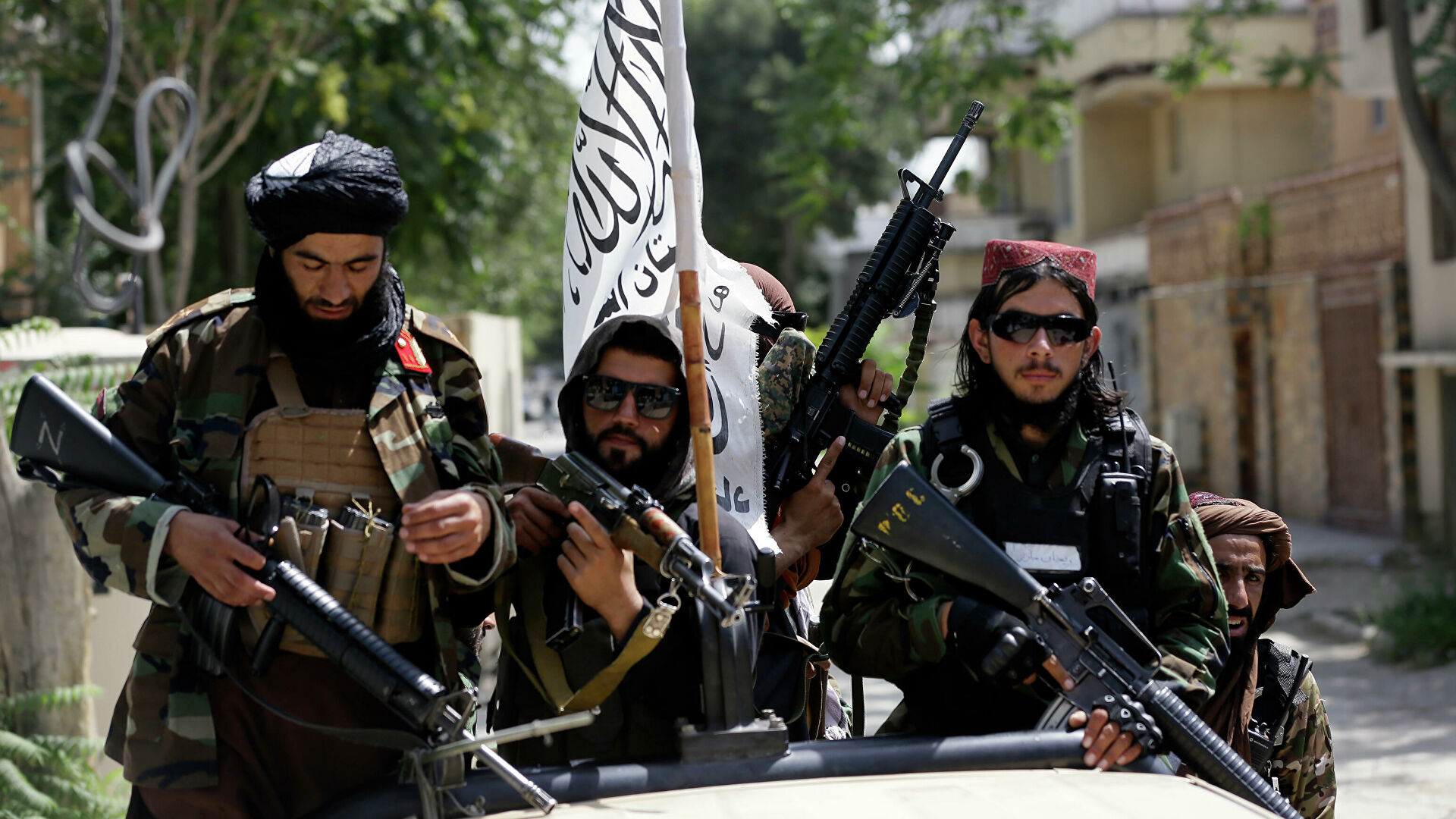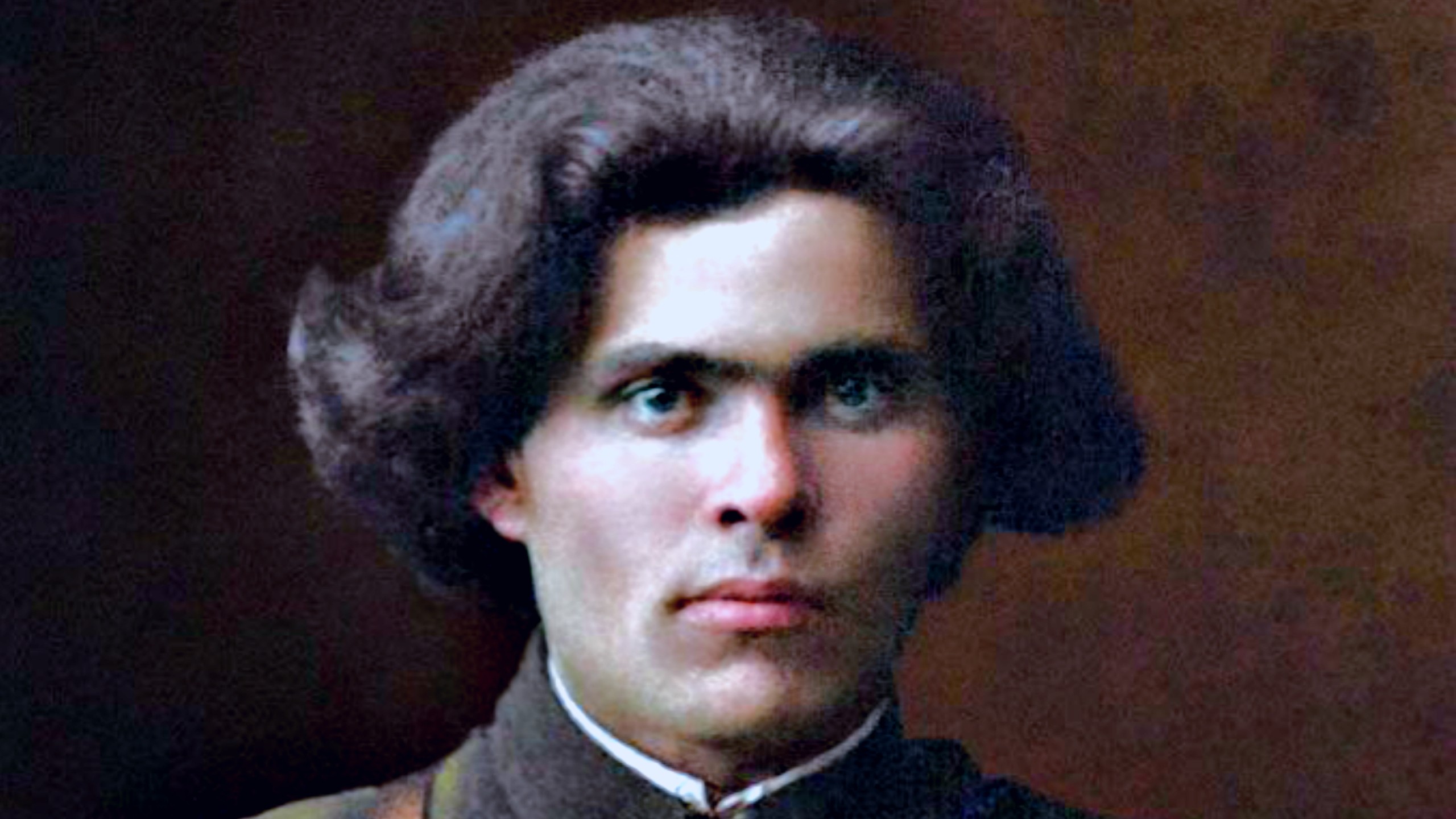The concept of identity is defined as the distinctive character or property of a person or object. Urban identity is that the city reflects its distinctive characters and differences, in other words, a set of meanings, that depend on the history formed in a city by urban inhabitants. At this point, it is important to understand the reasons that make the city special or separate to create or strengthen urban identity. Also, it is possible to evaluate urban space with its original qualities, to acquire a definition, meaning, and a unique cultural identity, but to have an intellectual capacity that reflects the urban culture of the majority of the people living in the city, and to have reached a level of urban awareness.
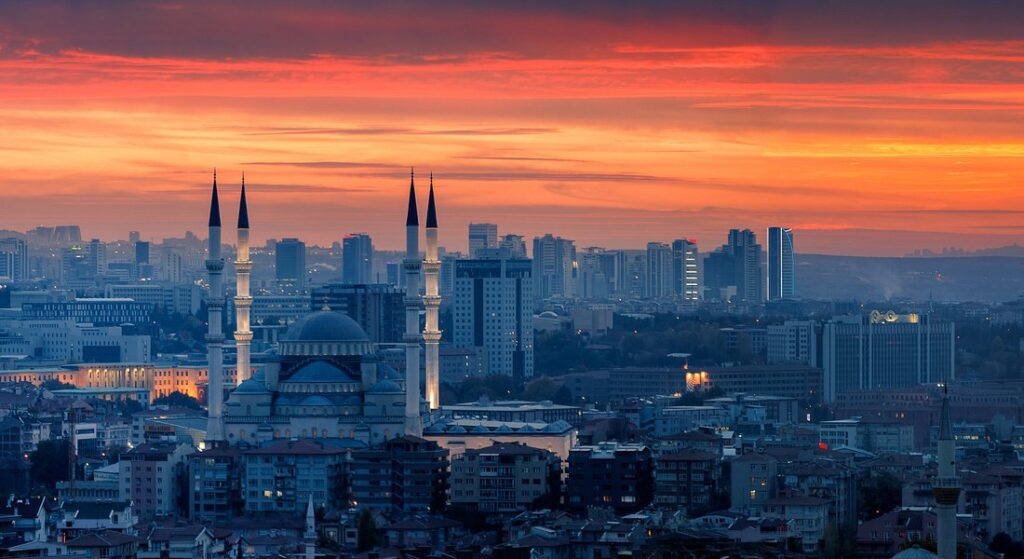

Urban Identity
Urban identity consists of three basic elements: historicity, continuity, and spatiality. When we look in more detail, urban identity constitutes many elements such as the city’s history, geography, climate, vegetation, geopolitical location, living host species, sea or highway connection, earthquakes, wars, and occupations. In this context, physical (natural-artificial), social, historical, functional, and formal elements are essential in determining urban identity.
When we look at the city identity of Ankara, firstly its physical factors of urban identity are some of its landmarks (Anıtkabir, Ankara Castle, Atakule, Old Ulus), many city places that have played in different sections of social life in the past (Gençlik Park, Güven Park, Kuğulu Park, Tunalı Hilmi Caddesi, etc.), The two most important items for Ankara are Kale and Çankaya. One is the history of the Republic symbolizes’s Turkey. There is a rich cultural heritage and the Republic of Turkey in Ankara has realized the idea of creating a modern capital city.
Secondly, as a social factor, most people is a civil servant, because of Ankara’s capital city identity. Civil servants have an important place in the socio-economic structure, socio-cultural, and physical identity. Thirdly, Ankara takes its historical heritage from the Phrygian, Galati, Roman, Byzantine, Seljuk, Ottoman, and Republic of Turkey. Today’s capital is built around the historical core called Old Ankara. (Tunçer, Şubat 2009) The Hittite Sun Monument, located in Sihhiye, is a copy of the 4250-year-old Hatti. In 1973, the symbol of the city was made by the then Mayor Vedat Dalokay.
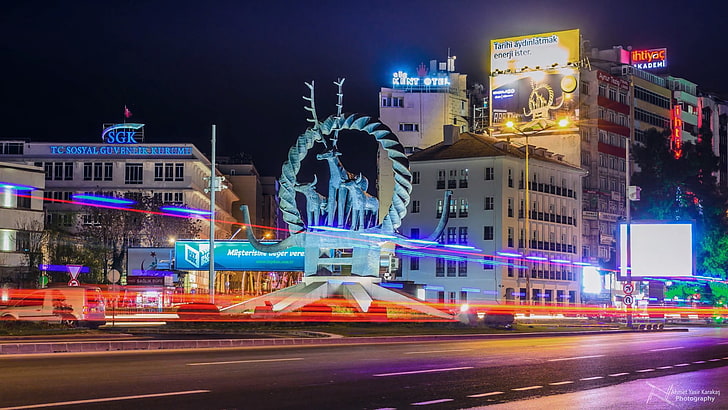

Apart from these, when looking at Ankara, it is seen that the city and its existing values have been lost for some reasons and some identity elements have been forgotten. The reasons for this are that the city does not have a geographically effective position; its boundaries become very uncertain due to rapid and unplanned growth and expansion; not having a unique urban texture other than monumental structures; Although it has a history dating back to the Roman period, the destruction of the architectural heritage with the destructions made, the transportation policy focused on facilitating automobile traffic, and the multifunctional shopping centers built on behalf of each other for the residents of the remaining historical environment, some streets that may be meeting places have lost their former popularity; When creating new residential areas outside the city, important social areas (such as Güven Park, Genclik Park, Botanic Park) in the city are separated from the city life. Besides, people’s spatial memory is erased by constantly changing street names.
Ankara has been seen as an indicator of civilization as a result of resistance and urbanity at the historical and social level. (Kansu, 2016) Also, the meaning of the first city of our country, in which patriotism is embodied in particular, has been attributed. In this context, since the National War of Independence, being from Ankara means being a native, loving Ankara means loving the country. Besides these, although Ankara was a modern capital created during the Republican era, the lack of a cultural policy to improve its urban culture caused the loss of urban identity.
In summary, the first of the few processes that shaped the urban identity after the proclamation of the Republic in Ankara is the efforts to protect the traditional urban identity created by policies for the protection of Old Ankara (the first works of preserving the traditional urban identity with the Jansen Plan belonging to the old Ankara urban identity -khans, bazaars, Cikrikcilar Yokusu, Turkish Baths, Haci Bayram Veli region). The second process is “Early Republican Period Westernization” urban identity studies. Trying to plan Ankara as an exemplary city for the new nation-state. Thirdly, It is an unplanned and irregular urban identity with the rapid increase of rural to urban immigration, plots of land, and tolerance by the state.
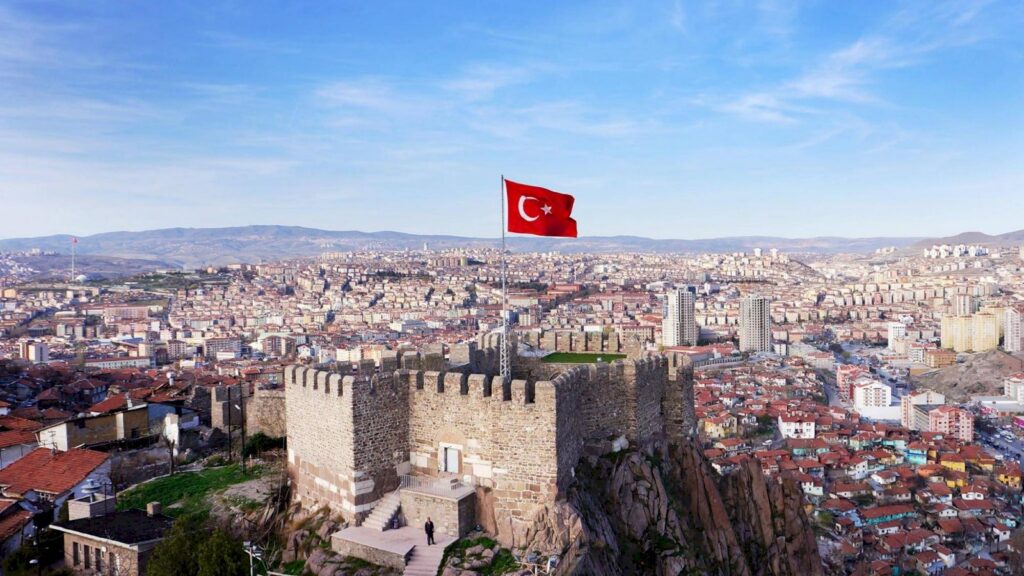

With the phenomenon of rural to urban migration that increased between 1932 and 1945, traditionally, the residential texture gradually became a depression region and was opened for non-residential use in places. The squattering, which started on the Altındağ, captured the area around the castle. The other one is the Creation of Urban Zoning Plans and Zoned Housing policies and planned and regular city identity. The last one is the new settlement city identity formed with structures aimed at meeting only the housing need with the demolish-build-sell process called Urban Transformation.
In addition to all these, Ankara is frequently mentioned for its continental climate and its unique winter frosts. As host species Ankara Goat and Ankara Cat, which are endemic species-specific to their fauna, have become other symbols of the city.
As a result, Ankara has an urban identity due to its many elements. Being the capital of Turkey has a political meaning. It is also called a city of civil servants due to the presence of many state institutions. Its geopolitical location in the center of Anatolia caused many civilizations to be hosted in history and carry their heritage. The fact that Ankara is geographically in the center has many road connections that facilitate transportation with the surrounding cities It became the capital city of Turkey thanks to this geopolitical location. Besides, the foundation of the new nation-state was laid in Ankara after the Turkish War of Independence and was the center of the modern Republic of Turkey.
REFERENCES
Kansu, I. (2016). Akasyalı Sokaklar. Telgrafhane Yayınları.
Tunçer, M. (Şubat 2009). Ankara’da Kentsel Kimlik Oluşumu, Değişimi, Bu Bağlamda Kentsel Koruma ve Dönüşüm Projeleri. dosya 10.1, 55.



